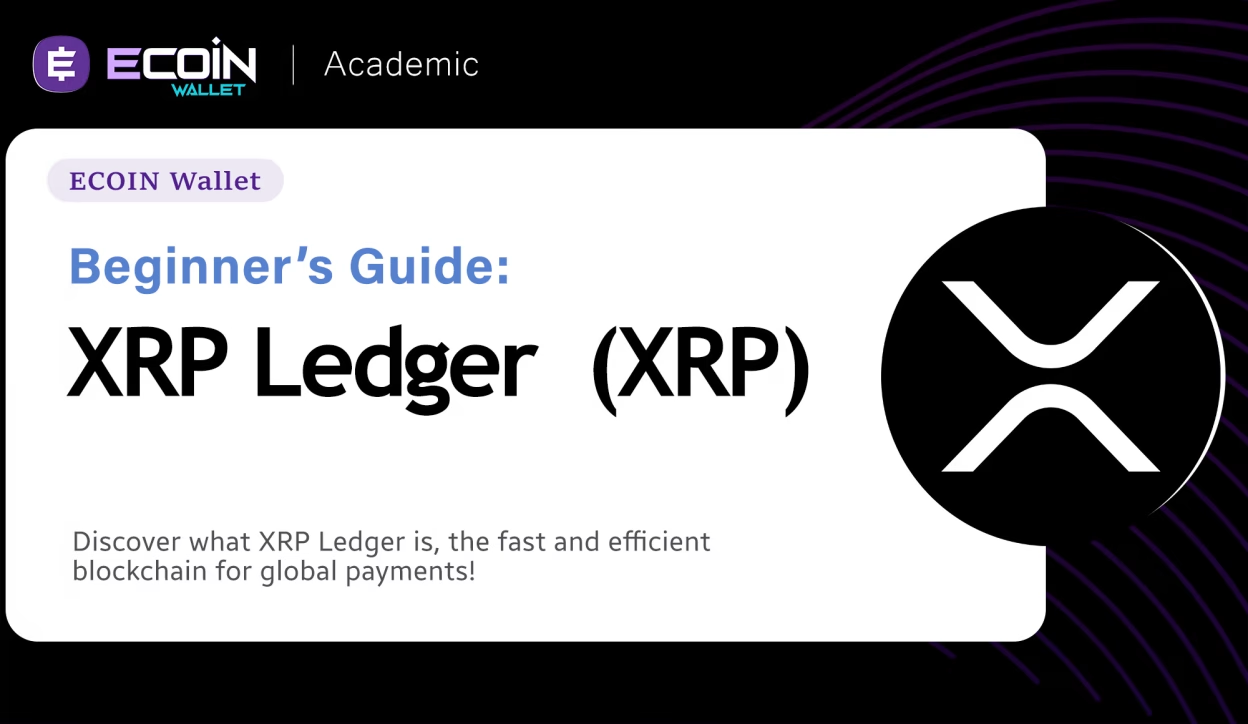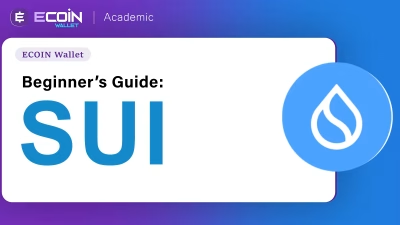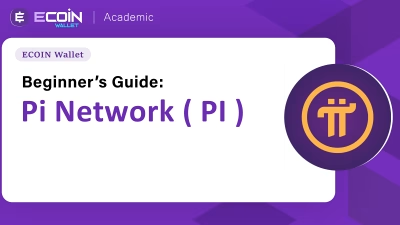XRP is a digital currency created by Ripple Labs to facilitate fast and cost-effective cross-border payments. Unlike traditional cryptocurrencies that rely on mining, XRP operates on a unique consensus algorithm, positioning itself as a bridge currency in the global financial system.
Origins and Development
Ripple was initially conceived in 2011 as a distributed payment protocol, aiming to provide secure and instant transactions. Unlike many other cryptocurrencies, Ripple’s network supports additional tokens that can represent traditional currencies or other assets. This feature allows Ripple to integrate seamlessly with financial institutions, making transactions more efficient rather than replacing traditional banking systems.
The project was officially launched in 2012 by developer Ryan Fugger, entrepreneur Chris Larsen, and programmer Jed McCaleb. The New York Times described Ripple as “a hybrid between Western Union and a currency exchange, but without the high fees,” emphasizing its dual nature as both a digital currency and a payment system that can facilitate the exchange of multiple assets, including Bitcoin.
Ripple’s network, known as RippleNet, was designed to connect banks, payment providers, and digital asset exchanges to enable seamless international transactions. This system allows institutions to send money globally with minimal friction.
Technical Architecture and Differences from Other Cryptocurrencies
Unlike Bitcoin and Ethereum, Ripple does not rely on mining. Instead, XRP transactions are validated through the Ripple Protocol Consensus Algorithm (RPCA), which ensures fast and secure confirmations, typically within 3-5 seconds. This approach allows XRP to process up to 1,500 transactions per second, making it one of the most scalable blockchain solutions.
All 100 billion XRP tokens were pre-mined at the time of launch, with a significant portion held by Ripple Labs for strategic distribution. Currently, approximately 43 billion XRP are in circulation, while the remainder is managed through an escrow system to ensure controlled token release.
Key Milestones and Developments
- 2004: The concept of RipplePay was introduced by Ryan Fugger as a peer-to-peer financial network.
- 2011: Jed McCaleb proposed a cryptocurrency-based system, leading to the creation of Ripple.
- 2012: Ripple Labs was founded, and XRP was launched as the native currency of the Ripple network.
- 2014: The “balance freeze” feature was introduced, allowing financial institutions to comply with regulatory requirements.
- 2016: Ripple raised $55 million in funding, with SBI Holdings acquiring a stake to expand Ripple’s presence in Asia.
- 2017: A legal dispute with blockchain firm R3 over an XRP options contract was settled in 2018.
- 2020: The SEC sued Ripple Labs, alleging that XRP was an unregistered security, causing market uncertainty.
- 2023: A judge ruled that XRP is not a security, leading to renewed investor confidence and increased adoption.
Price Evolution
- 2013: XRP launched at approximately $0.005874.
- 2018: Reached an all-time high of $3.84 during the crypto bull market.
- 2020: SEC lawsuit caused a drop to around $0.17.
- 2023: Rebounded to approximately $1.50 following favorable court rulings.
- 2024: XRP’s price surged to a new all-time high of $2.99, a 14% increase, spurred by investor speculation on a favorable outcome in the SEC vs. Ripple case.
- 2025:
January: XRP reached a new all-time high of $3.35 on January 16, 2025, representing a 65% increase since early January, driven by reports of potential inclusion in a U.S. government cryptocurrency reserve.
Conclusion
XRP has positioned itself as a key player in the financial technology sector by offering a fast, scalable, and cost-effective alternative to traditional cross-border payments. While regulatory challenges have impacted its adoption, Ripple’s partnerships with financial institutions continue to strengthen its role in the evolving digital economy. As blockchain technology gains wider acceptance, XRP’s ability to facilitate seamless global transactions may play a crucial role in the future of international finance.
Disclaimer: Content is for informational purposes and not investment advice. Web3 and crypto come with risk. Please do your own research with respect to interacting with any Web3 applications or crypto assets. View our terms of service.



